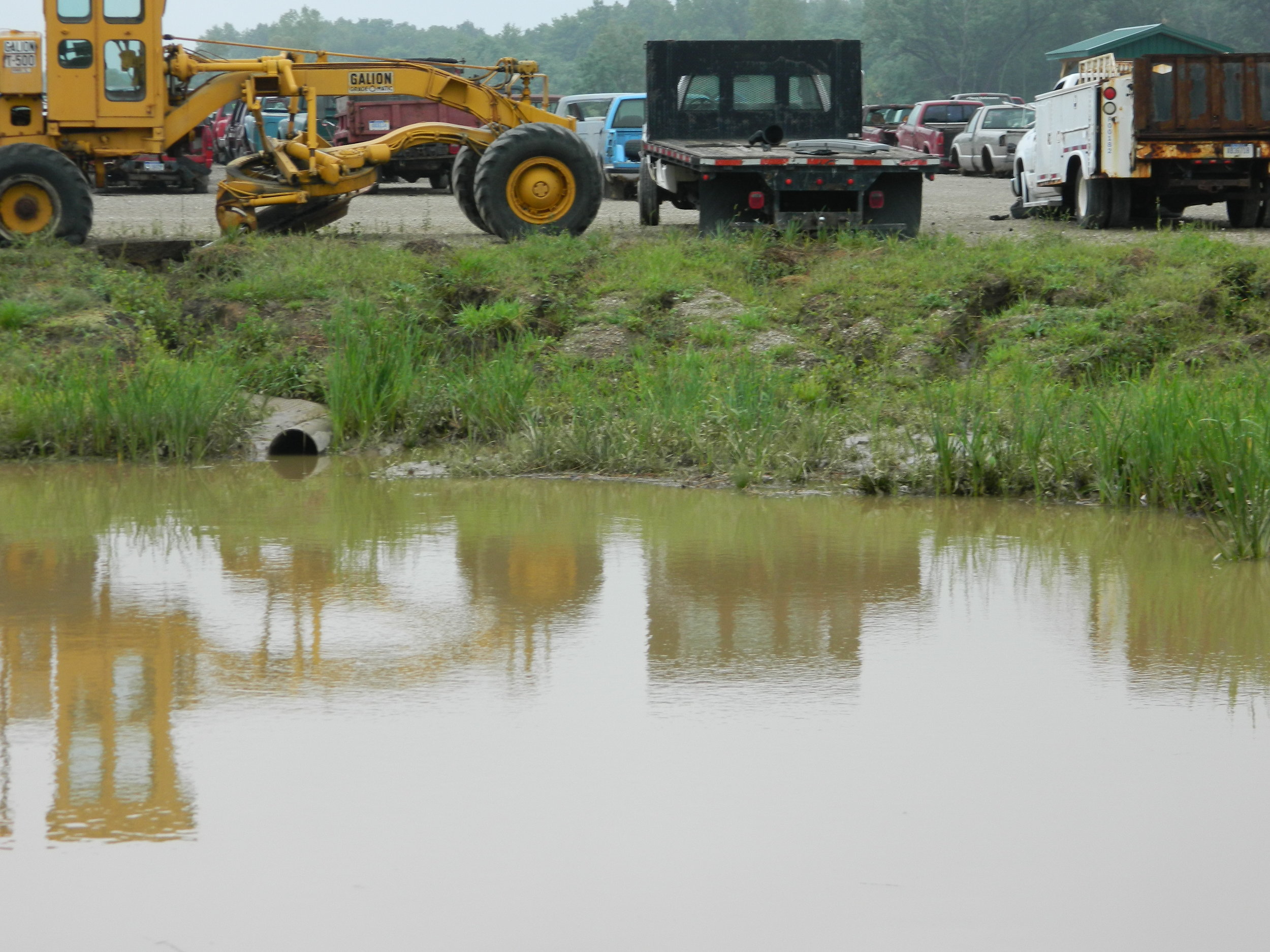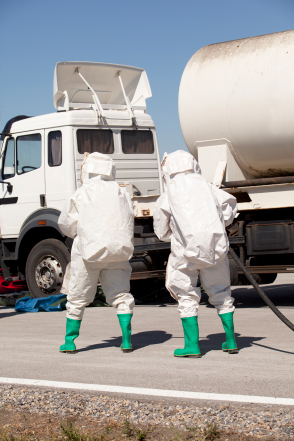Industrial Wastewater Treatment: Custom-made Solutions for Complex Wastewater Obstacles
Industrial Wastewater Treatment: Custom-made Solutions for Complex Wastewater Obstacles
Blog Article
Exactly How Liquid Waste Disposal Works: An In-depth Summary of Methods and Technologies Utilized

Summary of Fluid Waste Kind
The intricacy of liquid waste types demands a comprehensive understanding of their qualities and implications for disposal. Fluid waste can broadly be categorized right into several kinds, consisting of industrial, local, farming, and contaminated materials. Each category exhibits distinctive residential or commercial properties, requiring specific monitoring techniques to reduce environmental and wellness threats.
Industrial fluid waste stems from making processes and usually contains a variety of impurities, such as heavy metals, solvents, and organic substances. Metropolitan fluid waste, primarily making up wastewater from families and industrial establishments, contains raw material, nutrients, and microorganisms (industrial wastewater treatment). Agricultural fluid waste, including drainage from farms, may consist of plant foods, chemicals, and animal waste, positioning threats to water top quality and ecological communities
Dangerous fluid waste is identified by its toxicity, reactivity, or potential to trigger harm. This classification consists of compounds like acids, bases, and specific chemicals that require stringent handling and disposal procedures. Recognizing these diverse liquid waste types is critical for establishing efficient disposal methods and making sure conformity with environmental guidelines. Correct classification and characterization are important for applying ideal treatment techniques and decreasing the unfavorable effect on public health and wellness and the environment.
Physical Treatment Approaches

Testing is the initial action, where bigger fragments and debris are removed from the liquid waste using screens or grates. In sedimentation storage tanks, much heavier fragments resolve at the bottom, developing a sludge layer, while the made clear fluid can be additional treated.
Purification is another important approach that includes passing the liquid through porous materials, such as sand or membranes, to record smaller particles. This step enhances the top quality of the fluid, making it suitable for subsequent therapy processes.

Chemical Treatment Techniques
Chemical treatment strategies are vital for efficiently handling fluid waste, especially in addressing dissolved and colloidal contaminants that physical techniques might not sufficiently get rid of. These strategies utilize various chemical representatives to neutralize, speed up, or transform harmful materials into much less hazardous types.
One usual technique is coagulation and flocculation, where chemicals such as alum or ferric chloride are contributed to promote the aggregation of suspended bits. This process enhances sedimentation, enabling simpler removal of the resulting sludge. Furthermore, oxidation procedures, utilizing agents like chlorine or ozone, are used to break down complicated natural compounds and virus, providing the waste safer for discharge or further therapy.
Neutralization is an additional critical technique, which adjusts the pH of acidic or alkaline waste streams to neutral degrees, protecting against prospective injury to downstream systems and the environment. In addition, advanced oxidation processes (AOPs) use mixes of oxidants and ultraviolet light to deteriorate consistent contaminants, accomplishing a higher degree of therapy efficiency.
Biological Treatment Procedures
Organic therapy procedures play an important role in the management of liquid waste by making use of microbes to disintegrate raw material and reduce impurity degrees. These procedures can be extensively classified into anaerobic and cardiovascular therapies, each using specific microbial neighborhoods to accomplish efficient waste degradation.
Cardiovascular treatment entails the use of oxygen to assist in the breakdown of natural materials by bacteria. This procedure is frequently executed in turned on sludge systems, where aeration containers offer a conducive setting for microbial development, bring about the oxidation of organic pollutants. The resultant biomass can be divided from dealt with effluent with sedimentation.
On the other hand, anaerobic treatment happens in the lack of oxygen, depending on different germs to damage down natural matter. This technique is specifically useful for high-strength waste, as it produces biogas, a renewable resource source, while decreasing sludge production. Technologies such as anaerobic digesters are frequently utilized in industrial and metropolitan applications.
Both anaerobic and cardiovascular biological treatments not just minimize the environmental effect of fluid waste however likewise assist in resource recovery, making them vital elements of sustainable waste management strategies. Their efficiency, flexibility, and performance support their widespread application across various industries.
Arising Technologies in Disposal
Ingenious approaches to liquid waste disposal are rapidly developing, driven by improvements in innovation and an increasing emphasis on sustainability. Among these arising technologies, membrane bioreactors (MBRs) have acquired grip for their capability to combine biological treatment with membrane layer filtering, leading to top quality effluent that can be recycled in various applications. MBRs make it possible for smaller impacts and extra efficient operations contrasted to traditional systems.
An additional appealing growth you can find out more is the use of anaerobic food digestion incorporated with nutrient recuperation innovations, which not just treats liquid waste however additionally generates biogas and recovers important nutrients like nitrogen and phosphorus. This dual benefit boosts source effectiveness important link and minimizes ecological impact.
Additionally, progressed oxidation processes (AOPs) are being adopted for the destruction of complex organic contaminants. These methods utilize effective oxidants and stimulants to damage down pollutants at the molecular level, offering a highly effective service for challenging waste streams.
Additionally, the combination of expert system and machine learning in waste monitoring systems is maximizing functional effectiveness and predictive upkeep, causing lowered expenses and enhanced environmental compliance. These modern technologies show a considerable shift in the direction of even more lasting and efficient fluid waste disposal practices.
Final Thought
In conclusion, effective fluid waste disposal requires a thorough understanding of various techniques and technologies. By constantly progressing these methodologies, it becomes feasible to deal with the expanding difficulties associated with liquid waste, inevitably adding to ecological protection and resource recovery.
Fluid waste disposal is a critical facet of environmental monitoring, calling for a detailed understanding of different strategies and innovations customized to various waste kinds. Fluid waste can generally be classified right into numerous kinds, consisting of industrial, community, farming, and unsafe waste. Agricultural liquid waste, consisting of overflow from ranches, may contain fertilizers, chemicals, and animal waste, posturing threats to water high browse around this site quality and ecological communities.
Different physical treatment techniques play a crucial function in taking care of fluid waste successfully - industrial wastewater treatment.In conclusion, efficient fluid waste disposal necessitates a detailed understanding of various methods and modern technologies
Report this page